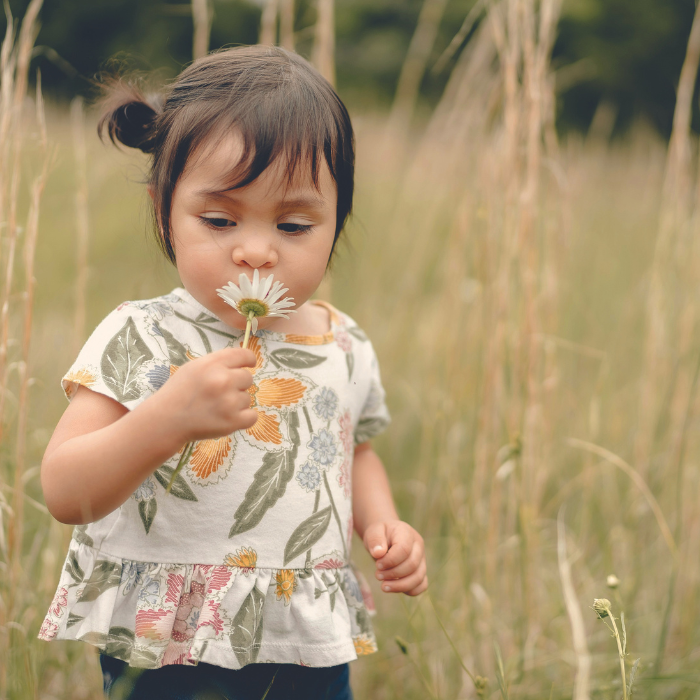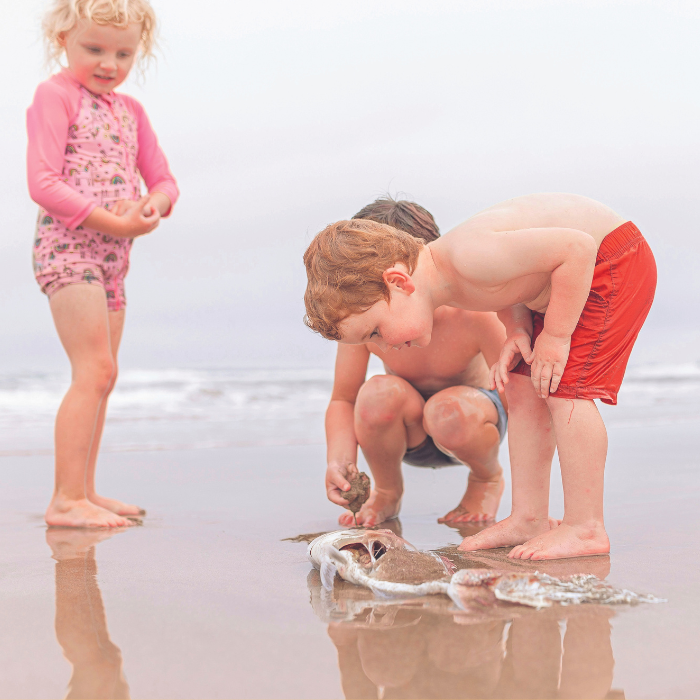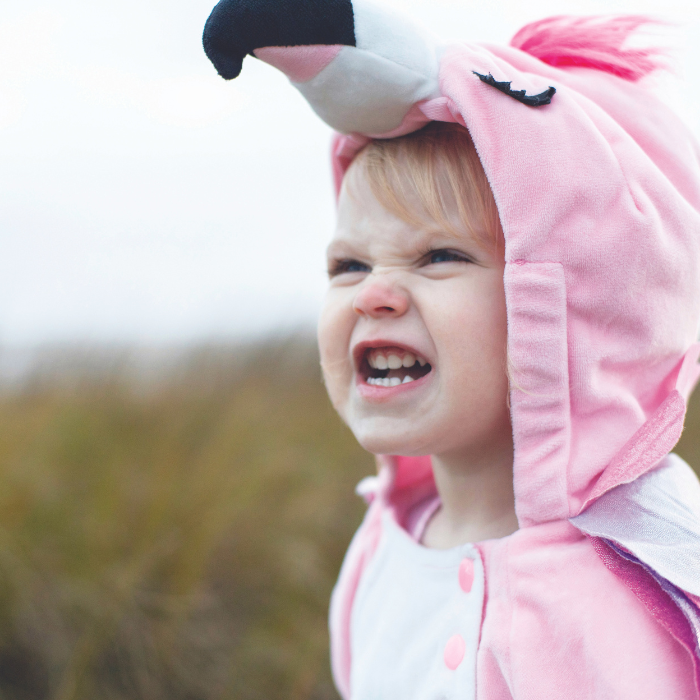
Here are 9 playful activities to teach young children mindfulness through breathing techniques — and adults might enjoy these fun ideas too, says Amber Hall.
It’s a calming tool we’ve all used at some stage to gather our thoughts or centre ourselves: The simple act of pausing to take a deep breath. There’s plenty of research showing the myriad benefits that practising mindfulness can have, including regulation of emotion, pain management, and resilience. You can help prepare your child for managing big feelings by putting together a calming kit with activities and props that they can use to selfsoothe. As with any skill, the earlier you learn it, the more innate it will grow to be, so here are a few fun ways to teach young children to take a deep breath.
1 Breathing around the square
Ask your child to imagine they are making a square with their breath. To build the square, they need to breathe in while counting to four in their head, then hold for four, then release the breathe out for four,
and then hold for four again.
2 Blowing bubbles
Blowing bubbles is a fun way to teach your kids to control their breathing. Focusing on the technique of controlling their breath so that the bubbles don’t pop before they take flight is a good way to practise mindful breathing when your child is upset.
3 Daffodil pinwheels
Pinwheels are very easy to make, and taking big breaths to make it turn is a great exercise. You can also pick up pinwheels from the $2 shop or sometimes by making a donation on The Cancer Society’s Daffodil Day.
4 Make your own dragon
Remove the bottom of a paper cup, then tape or glue red, yellow, and orange streamers to the top. Ask your child to breathe through the cup to make the streamers move like the dragon is breathing fire. You can also ask your child to decorate the cup to make it look extra dragonlike.
5 Hovering ball trick
For this you’ll need paper, scissors, tape, a bendy straw, a small bowl, and a ping-pong ball (or you can use a small ball of screwed-up paper or tinfoil). Use the bowl as a stencil to draw a circle on the paper. Cut out the circle and then make one cut from the edge of the circle to the middle. Curl the circle into a cone and tape the cone in place. Use the scissors to cut the tip of the cone off and then tape one end of the straw to where the tip of the cone used to be. The aim is to blow through the straw and keep the ball hovering or floating from just your breathing.
6 Make your won jellyfish or octopus
This is similar to making dragons. Ask your child to draw a face on the inside of a paper plate or bowl. Attach paper streamers hanging off the edges of the bowl so that they look like tentacles. Make a small hole in the middle of the bowl to pull some string through, and then hang the jellyfish somewhere that your child can lie underneath it. See if they can make the jellyfish swim by blowing on their tentacles.
7 Breathing impersonations
Some kids find it easier to have a prompt to master calming breathes and thoughts at the same time. As they’re breathing, ask them to imagine that they are Darth Vader. Can they imitate his breathing? Now try breathing in and out like a snake. What would a snake breathe like? You can ask them to pretend that their belly is a balloon. How big and small can they make their balloon?
8 Flying birds
Tying mindful breathing to a body movement is a useful technique that your child may be reminded of whenever they make that action. Ask your child to imagine they’re a bird soaring through the air and that their breath is helping them to fly. Breathe in as the wings (arms) go up, and breathe out as the wings go down.
9 Tawhirimatea (the Weather God)
Connecting deep breathing to the managed release of big emotions is an excellent practice to get your child to start trying. Pretend that they are Tawhirimatea and are able to control the weather with their emotions. The farmers need blue skies tomorrow for making hay. As your child breathes in, ask them to imagine that they are breathing in the calm, clear, blue sky. As they breathe out, guide them to imagine that the exhaled breath is a rain cloud being sent out to sea. Remember, teaching emotion management through deep breathing should be fun. Once you’ve had an opportunity to have some fun trying a couple of these techniques, ask your child if they can think of any other fun ways that they might teach a friend to take a deep breath or that they might like to try themselves.








